Category: Microsoft Dynamics CRM/365
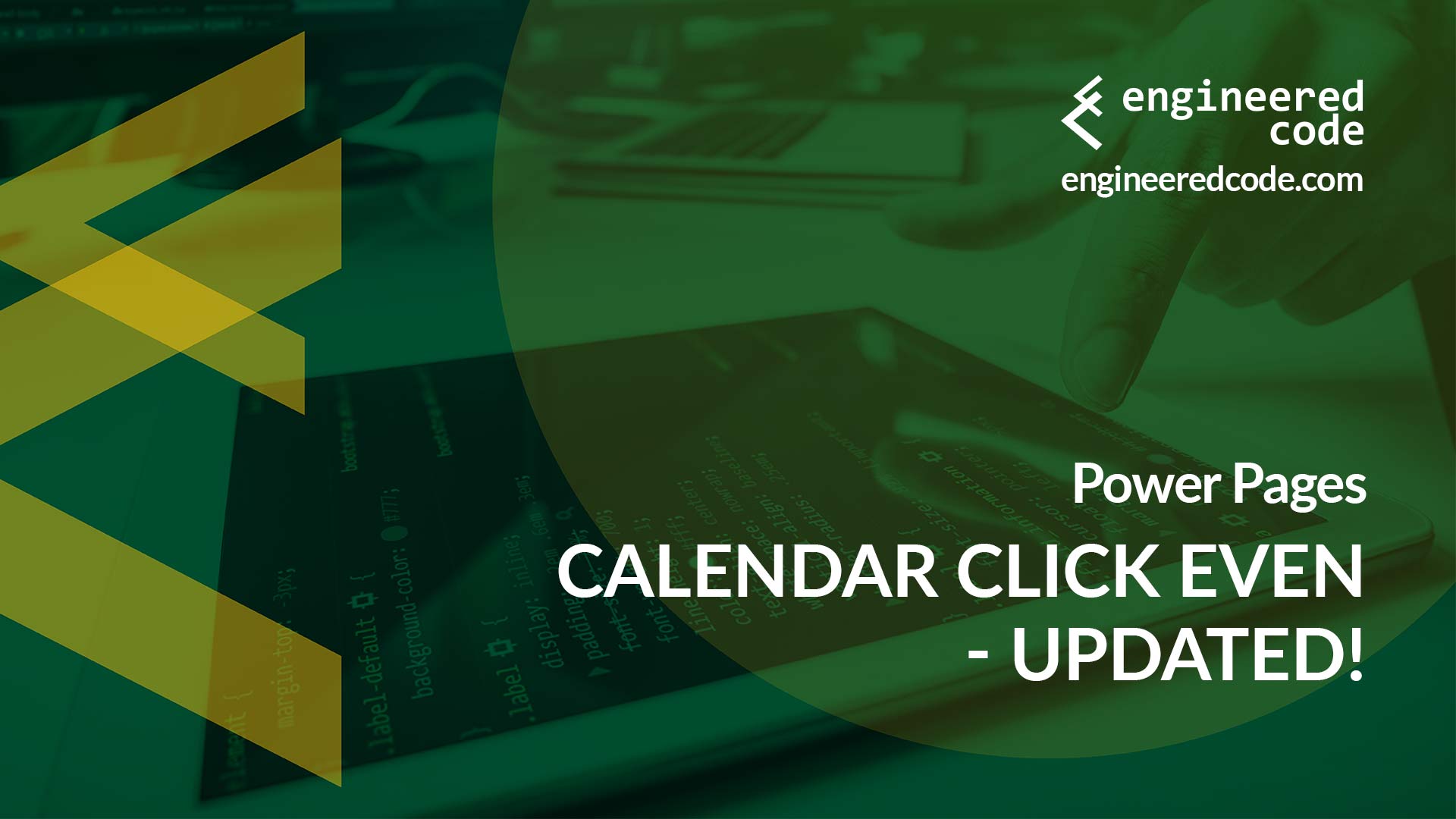
Power Pages: Calendar Click Event – Updated!
October 27, 2025 2 Min.To ReadIt’s always nice when people reach out to say that one of my blog posts was helpful. I also love it when people tell me how a blog post inspired them to come up with an even better solution. This happened recently when one of my colleagues at Engineered Code was working on a project that involved using the calendar functionality of Lists, and needed to customize the click event.
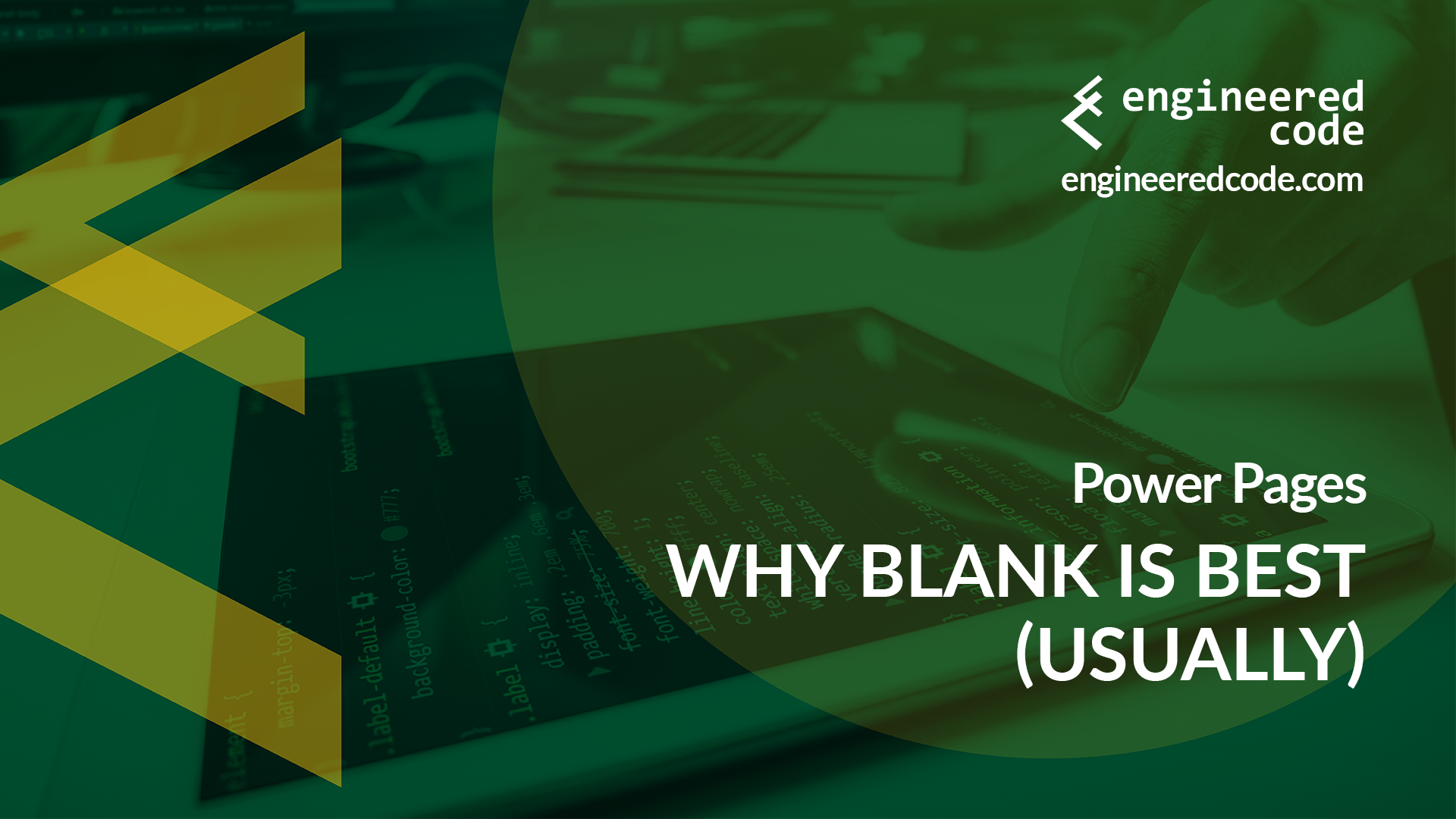
Power Pages: Why Blank is Best (Usually)
September 30, 2025 4 Min.To ReadMost Power Pages projects start with a difficult decision – which template should I use? In this post, I’ll look at how, in most cases, I can narrow down the choice from the almost 20 templates that are available to typically just considering two or three.

Power Pages: Versus Power Apps
October 28, 2024 3 Min.To ReadA question I recently saw on the Power Platform Community forums asked why would someone use Power Apps (I’m assuming they are referring to canvas apps) instead of Power Pages. They mentioned that using Dataverse with Power Apps requires a premium license, so I think the implication is that Power Pages might be a cheaper option. In this blog post, I’m going to look at some of considerations when making the choice between Power Pages and Power Apps (both model-driven and canvas).

Power Pages: Calendar Click Event
August 15, 2024 5 Min.To ReadRecently there was a comment on Power Pages Tip #222 – List Calendar Styles on our YouTube channel – they were asking about adding a click event handler to events being displayed on a list that is using the calendar functionality. In this post, I’ll show you one way of doing that.
Popular Posts
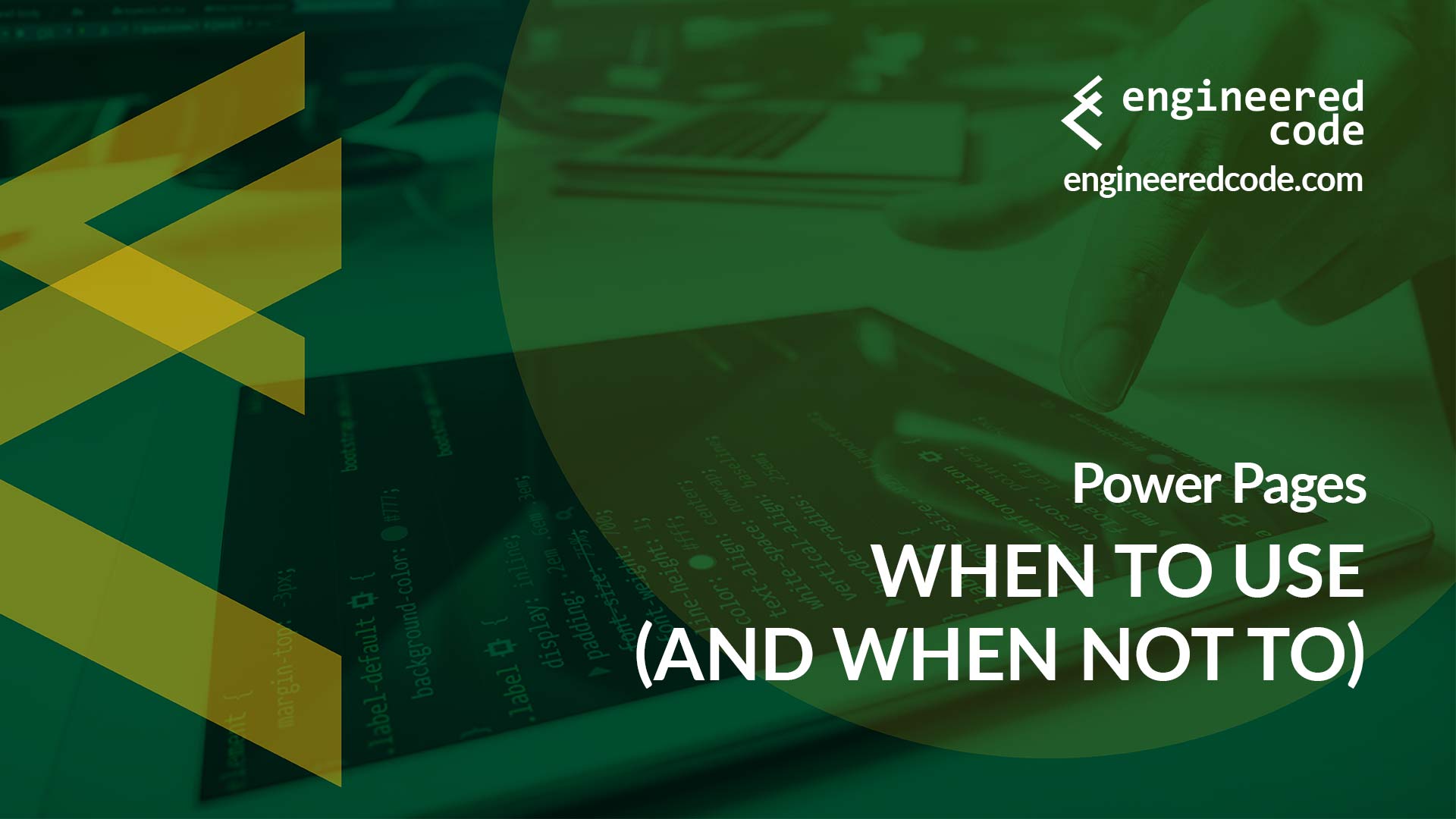
Power Pages: When to Use (and When Not To)
March 6, 2023 5 Min.To ReadThe growth of Power Pages has been an amazing story. Since being acquired by Microsoft in 2015, the product has gone from a niche add-on for Dynamics 365 Customer Engagement to a full-fledged product in the Power Platform. The visibility that comes with getting equal billing to other Power Platform products like Power BI, Power Apps, and Power Automate means that new people are discovering Power Pages all of the time. However, as with any software product, Power Pages isn’t always a fit, even if your project fall under the category of low code web application development platforms. In this post, I will share what I look for when trying to determine if Power Pages is a fit for a given project.

PowerApps Portals: Liquid and JavaScript – Better Together!
October 31, 2019 4 Min.To ReadPowerApps Portals offers two primary languages for customization: JavaScript and Liquid. This leads to confusion as to which technology should be used when – I’ll try to clear up some of that confusion in this blog post, as well as demonstrate that is many cases, the best option is a combination of the two.
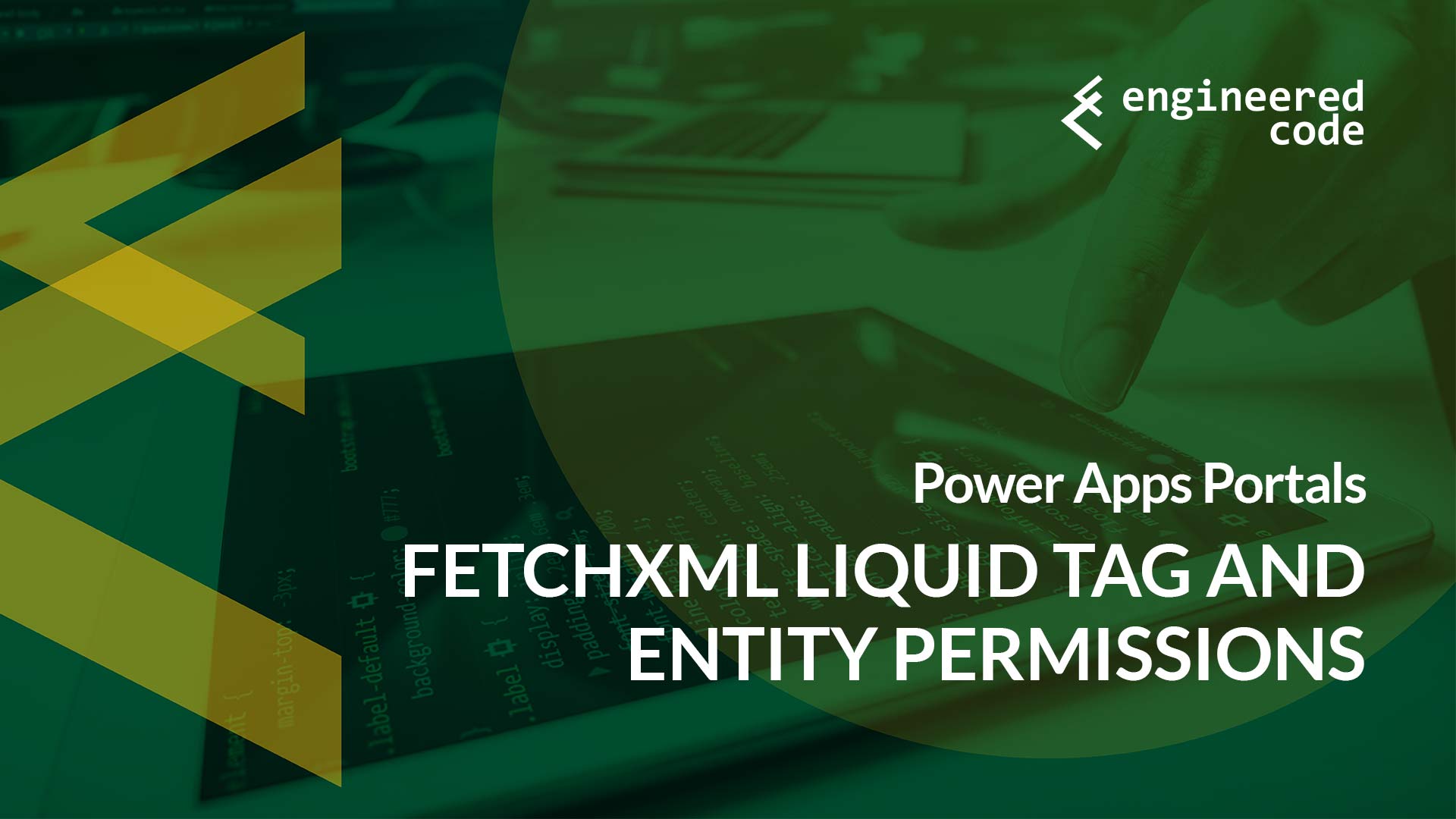
Power Apps Portals: fetchxml Liquid Tag and Entity Permissions
January 16, 2020 3 Min.To ReadThe fetchxml Liquid tag is arguably the most powerful Liquid tag in Power Apps Portals – it allows you to meet complex requirements for the display of data. But, if you combine it with a complex Entity Permissions model, you could find yourself getting unexpected errors. In this post I’ll cover what can cause those errors, and how to work around them.
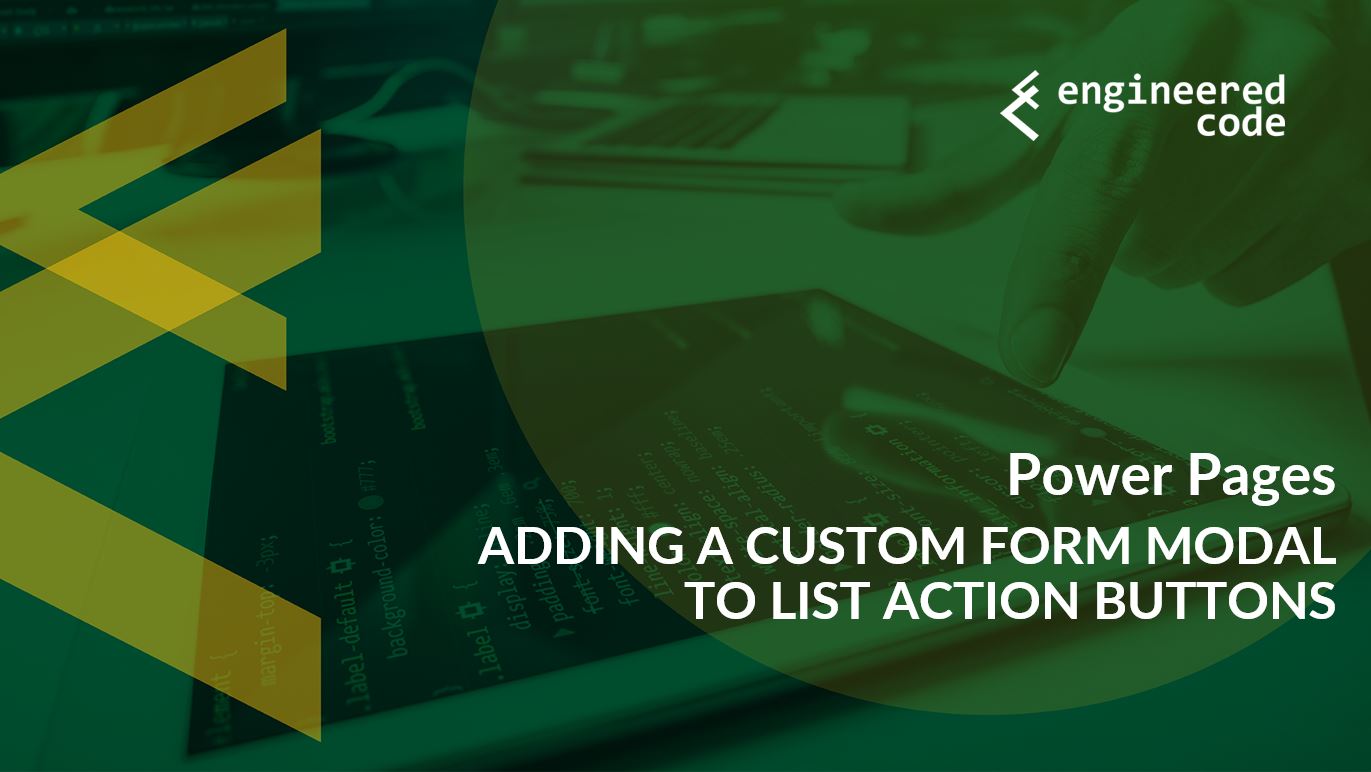
Power Pages: Adding a Custom Form Modal to List Action Buttons
December 8, 2023 6 Min.To ReadRecently there was a comment on my blog Power Apps Portals: Related Entity as Source of Next Web Form Step about adding a custom Edit button to a list or subgrid. In this case, rather than editing the main row in the table, they wanted to edit a row that was related to the main row. If you want the edit form to pop up in a modal, it requires a bit of JavaScript. In this post, I’ll go through what you need to do in order to achieve this functionality.
